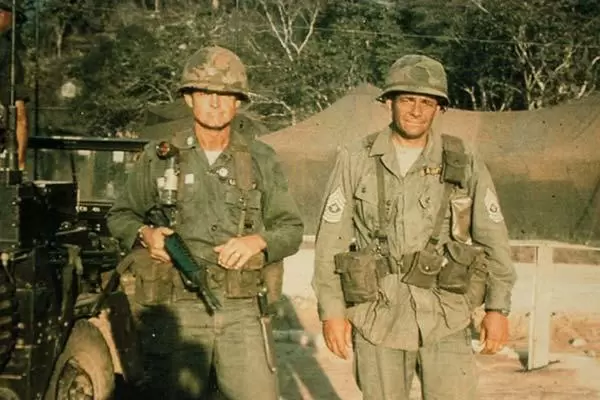There are a number of olive green hues out there, and not just when it comes to tactical/uniform/loadout use. All are broadly referred to as military greens, though some are “proprietary” colors used by specific brands. As with any cammie pattern (some of which aren't camo patterns at all), some hues are better than others. In this article we are specifically going to look at OD Green, both the fatigue color and the eponym for uniforms made in that color.

Though referred to by many names and terms (ODs, OD Greens, OGs, and more), these cammies – and this color – comprised the defining US military uniforms of the mid-to-late twentieth century. The color enjoyed more than 30 years of service and is still in use today, both by the military and civilian first responder agencies and units.
So what is OD Green?
The OD in OD Green stands for Olive Drab. OD Green has been a part of military uniforms (and equipment) since before the Korean War. As Army.mil explains, “The official term from the military catalog was OG or olive green and it was the color of the utility uniform of all branches of service from 1952 until 1989. The designation of OG-107, and a darker shade, referred to as OG-105, came from the Army's code for the color and material each uniform was made of. The OG-105 was cotton and the OG-107 was a polyester blend.”

Olive Drab Green (Olive Green) History
The website Standard and Strange explains,
Prior to the outbreak of the Second World War, the Army's work clothing consisted of denim coveralls and a two-piece suit. Following the mechanization of the US Military, olive drab herringbone twill uniforms became the ‘go-to' garments for work and combat purposes. They took on the appearance of what we might class as ‘fatigues' and generally featured a button front with two chest pockets, as well as trousers with two large ‘cargo' type hip pockets (as well as coveralls for mechanics).
Due to the popularity and suitability of HBT ‘fatigues', the 1949 Uniform Board created a separate category of clothing to be known as ‘Field and Work Clothing' which meant the uniforms didn't need to meet the requirements for garrison duty wear…The uniform was made in the Army's Olive Drab shade 7 and originally featured japanned black metal tack buttons which were later replaced by flat plastic sew-on buttons.
During the Korean War, textile research was conducted and more durable cotton was developed…manufactured in Olive Green shade 7, the material was used to produce the new utility shirt and trousers that we would come to know as OG107s.v As with its predecessor, [the OG107s were] intended to be loose fitting and used for work duties.
The last and perhaps most significant change occurred in 1973 when the US Army began to test utility uniforms made from a poly-cotton blend in Olive Green shade 507…thus the OG507s were born. [They were] easier to clean and maintain, although some officers and NCOs (non-commissioned officers) felt that the material and lack of starching resulted in a slouchier garrison duty appearance.

Some Military Green Colors by Brand
Smoke Green (Paraclete)
Sewer Green (Emdom)
Foliage Green/UCP (US Army)
Sage Green (US Air Force)
Woodland Green (M81 pattern)
MilSpec Monkey Military Greens Reference Sheet
Note: this dates back to 2007



Read the original article in its entirety at housemorningwood.com.



Real olives are of different shades.